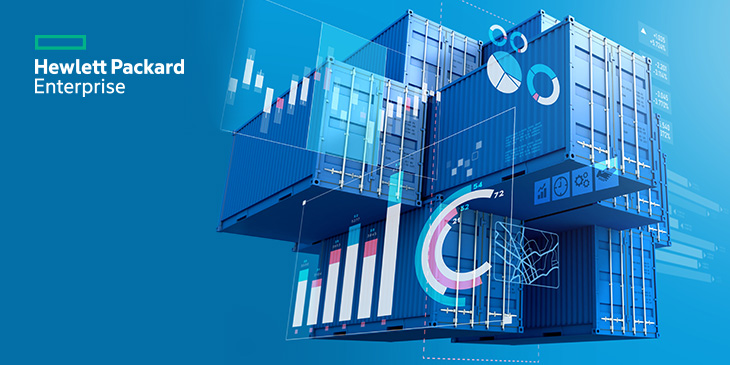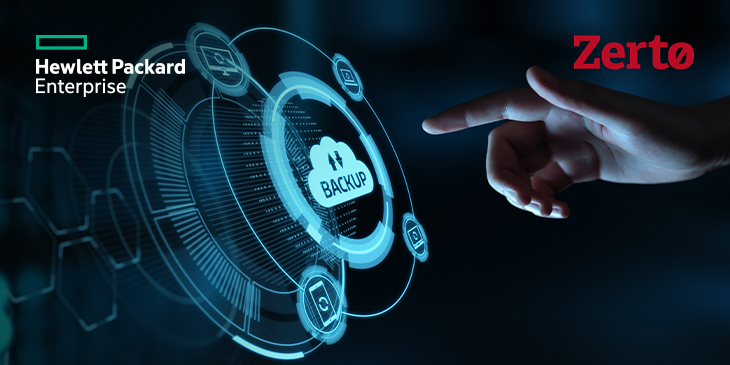
HPE GreenLake Edge-to-Cloud Platform brings the Cloud to you
After years of working in cloud environments, we’ve come to expect some basics that we collectively refer to as the “cloud experience.” For example, scalable capacity that’s ready when you need it, and the ability to easily click and spin up new instances. In short, we expect a point-and-click experience with the added advantage that somebody else is managing the IT operations, so we can focus on accelerating outcomes—while paying only for what we use. That’s the cloud experience.
But some customers want to maintain more control over their data and make sure it has the required security. This has always created a disconnect in the cloud experience. Some industries, such as healthcare, don’t want to put their clients’ medical records in the cloud. Other companies’ applications have Jupiter-sized data gravity—literally terabytes of data to move to the cloud and back—that would incur costs each time they’re moved. Others have applications and data that are entangled like a spaghetti mess. Figuring out how to tease that apart, refactor it, and move each one to the cloud is expensive and time-consuming.
I’d estimate that 70% of web applications are still operating on-premises. Many companies are trying to overcome the tradeoffs between cloud-native capabilities and on-premises control. There’s never been a solution that could provide them with that cloud experience.
Until now.
HPE GreenLake edge-to-cloud platform is redefining digital transformation
Digital transformation has always been synonymous with moving to the cloud. And although the future of cloud is hybrid, efforts to connect on-premises data with the cloud have been a duct-tape fix at best, because they didn’t deliver a consistent cloud experience. But now there’s a better choice.
The HPE GreenLake edge-to-cloud platform gives customers that same in-the-cloud experience with their on-premises apps and data. (Umm… How?) You see, instead of moving your data to the cloud, the HPE GreenLake platform extends the cloud to your data. So your critical data and apps stay on-premises with an unparalleled platform that combines the simplicity and agility of the cloud with the governance, compliance, and visibility that comes with hybrid IT. It completely removes that disconnect with traditional IT.
Bring the cloud to wherever you store data
For organisations that didn’t want to put everything in the cloud, the common alternative used to be keeping it in a local data centre. But now local doesn’t necessarily mean onsite. In fact, being on-premises can also be at the edge, and vice versa. For example, if you keep a data centre located nearby on Main St., that’s technically an edge. If your data is located in another branch of your business, or even in another city, these are all your locations. Technically, they’re all on-premises.
So, whether your data is at the edge, in a data centre you own, or colocated, that is all considered on-premises. Being “in the cloud” simply means your data is in some mysterious location that could be virtually anywhere as opposed to definitely somewhere. This distinction changes the way we think of hybrid cloud and being on-premises.
Ready to break up with your data centre?
Businesses and organisations looking to get out of operating their own data centres are in for some good news: You no longer need that brick-and-mortar model. The HPE GreenLake platform lets you maintain your single-tenant environments wherever you want—in cages, in colocation sites—and still have your own private environment. It effectively lumps together edge sites, colocation sites, and the data centre into an on-premises, single-tenant environment that provides that true cloud experience. So, finally, you can digitally transform on-premises—in place—and shut down that costly data centre.
Don’t settle for less than a true cloud experience
Leasing is a financial model only and shouldn’t be compared to a cloud experience that’s managed for you and that offers scalability, pay-per-use, and self-serve capabilities. The HPE GreenLake platform offers a true cloud experience that’s far richer than just an equipment lease.
Customers can offload the burden of operating IT and free up resources with fully-managed cloud services. This includes capacity management to predict future infrastructure needs and keep equipment ready and on-hand for when it’s needed. That’s a true cloud experience.
The HPE GreenLake platform empowers you to realise the full value of technology and cloud expertise. And, speaking of technology, the HPE GreenLake platform offers a range of cloud services that accelerate innovation. These include HPE GreenLake cloud services for compute, data protection, SAP HANA, storage, VDI, and VMs, plus industry solutions that support key workloads such as electronic medical records for hospitals and high payment delivery processing for financial institutions.
Combine that with <a “=”” href=”https://www.hpe.com/us/en/services/pointnext.html?altcid=sm_us-pointnext-lb” target=”_blank” rel=”noopener noreferrer”>HPE Pointnext Services’ deep expertise in implementing these solutions and our partner ecosystem, and you’ll find that customers can achieve a cloud experience for their horizontal workloads and vertical solutions—all in the location of their choice.
For our customers, the future is greater choice and freedom for their business and IT strategy, with an open and modern platform that provides a cloud experience everywhere. This is the future of the cloud—and it’s very exciting.
As your IT partner, we can help you explore how HPE GreenLake can support your organisation from edge to cloud. Reach out to us today.









